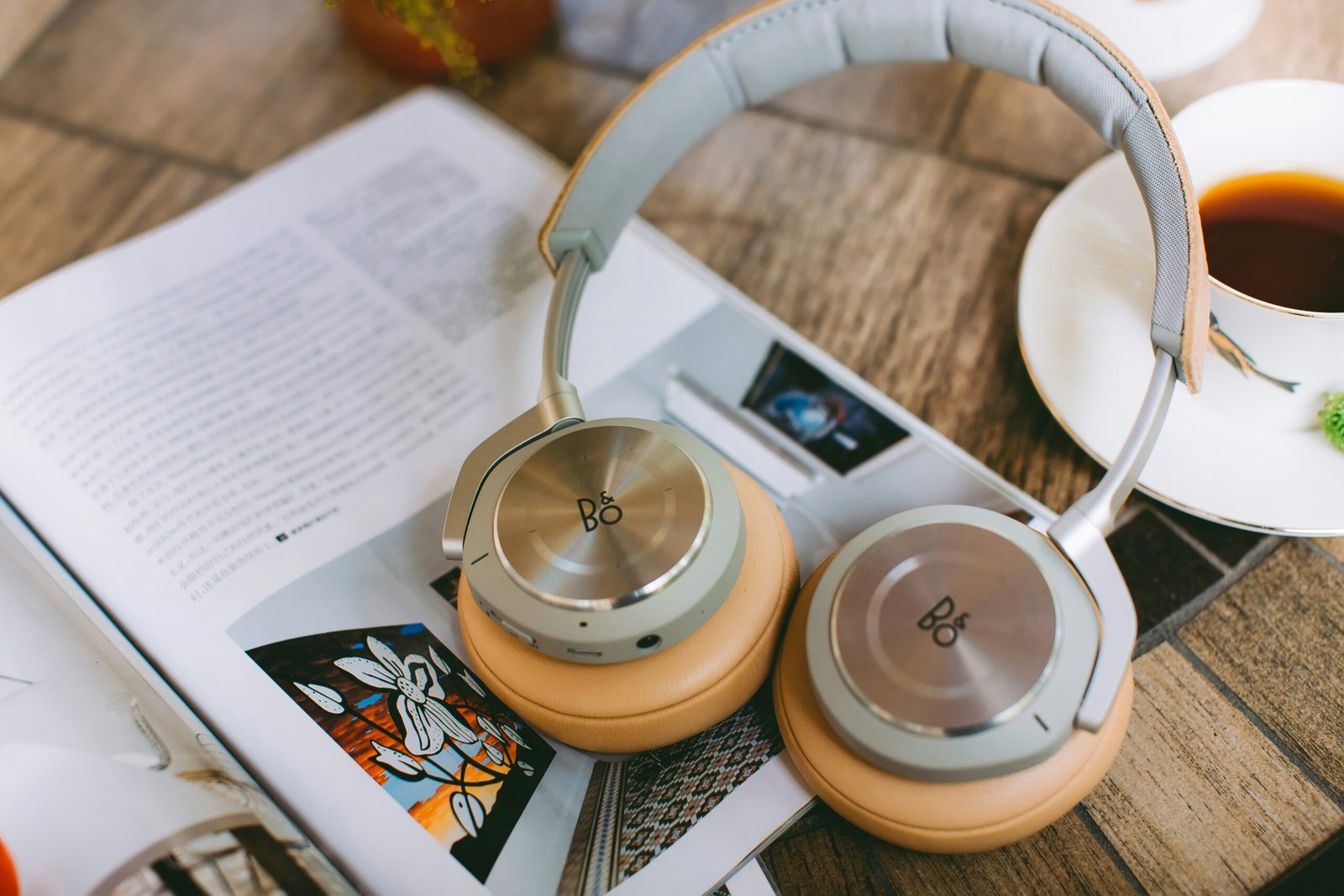The Design and Development Phase: From Concept to Prototype
The design and development phase is the cornerstone of Bluetooth headset manufacturing, laying the groundwork for everything that follows. This intricate process begins with conceptualization, driven by market research and consumer feedback. Understanding market trends and listening to consumer needs are crucial; they provide the foundation upon which new ideas are built. Engineers, designers, and product managers collaboratively brainstorm and exchange ideas to craft innovative and functional Bluetooth headphones.
Once a viable concept emerges, the team moves on to creating initial sketches and digital models. Advanced computer-aided design (CAD) software is typically employed to produce detailed 3D models, allowing for a comprehensive visualization of the proposed headset. This digital representation is pivotal in identifying potential design flaws and making necessary adjustments before physical production begins.
Material selection is another critical aspect of this phase. The choice of materials impacts not only the headset’s aesthetics and durability but also its overall performance. Engineers and designers evaluate various components, such as drivers, batteries, and Bluetooth modules, to ensure compatibility and optimal functionality. These components must comply with industry standards and regulations to guarantee product safety and effectiveness. For instance, adherence to Bluetooth Special Interest Group (SIG) standards is essential for ensuring seamless connectivity and interoperability with other devices.
Prototyping marks the transition from digital designs to tangible products. Initial prototypes are meticulously crafted to resemble the final product as closely as possible. These prototypes undergo rigorous testing and evaluation, where factors like sound quality, battery life, and user comfort are scrutinized. Feedback from these tests informs further refinements, ensuring that the headset meets the desired specifications and consumer expectations.
Throughout this phase, maintaining strict adherence to industry standards and regulations is imperative. Compliance ensures not only the safety and reliability of the Bluetooth headphones but also their marketability across different regions. The culmination of the design and development phase is a well-vetted prototype ready for the next stages of manufacturing, embodying the collaborative effort and technical precision that define successful Bluetooth headset production.
The Production Process: From Assembly to Quality Control
The production process of Bluetooth headphones is a meticulous combination of human expertise and advanced technology. The assembly line is the heart of this process, where both automated machinery and skilled workers collaborate to bring together various components. The journey begins with the integration of essential parts such as speakers, microphones, batteries, and Bluetooth modules. Each component plays a crucial role in the overall functionality of the headset, and therefore, precision is of paramount importance.
Automated machinery is employed to handle repetitive tasks with high precision, such as soldering connections and placing micro-components. These machines ensure consistency and speed, which are vital for large-scale production. Human workers, on the other hand, are indispensable for tasks that require nuanced judgment and dexterity. They meticulously assemble more delicate parts, ensuring that each Bluetooth headset meets the design specifications and quality standards.
Following the assembly, each headset undergoes a rigorous series of testing procedures. Sound quality tests are conducted to make sure that the audio output is clear and balanced, while battery life assessments ensure that the headsets can sustain prolonged usage. Bluetooth connectivity checks are also performed to verify that the devices can pair seamlessly with various gadgets, maintaining stable connections without interruption.
Quality control measures are integrated at multiple stages of the production process to identify and rectify any defects. These measures include visual inspections, functional tests, and random sampling. Any headset that fails to meet the standards is either reworked or discarded to prevent subpar products from reaching the market. This stringent quality control process is essential to uphold the brand’s reputation and ensure customer satisfaction.
Through this comprehensive production process, manufacturers can deliver Bluetooth headphones that not only meet but exceed consumer expectations, combining state-of-the-art technology with unparalleled craftsmanship.

